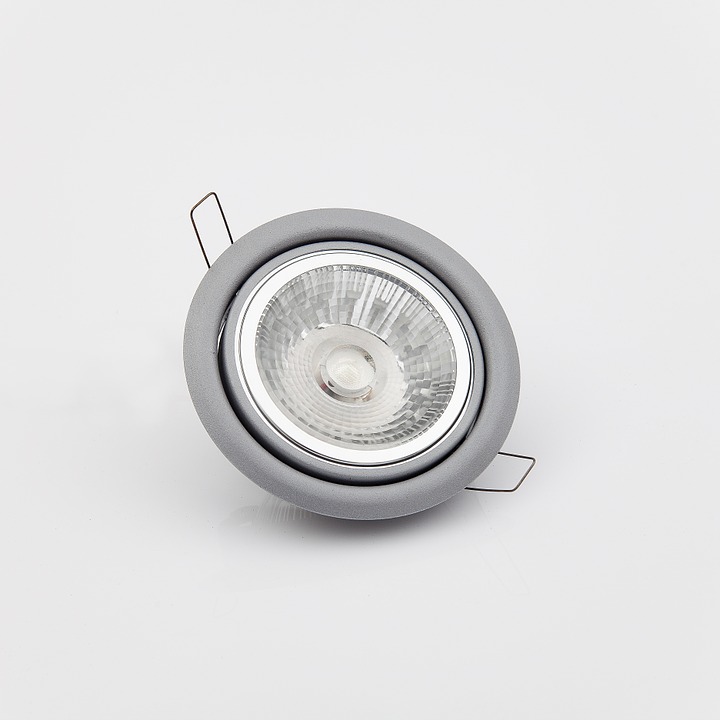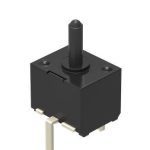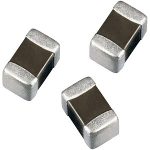
Constant Current LED drivers for Automotive
In its quest for dominance, the LEDs have invaded the automotive industry as much as they have invaded the non-automotive sectors. Their rise to popularity has been leveraged by the fact that LEDs are more powerful and smaller in size. They also have a considerably longer life span and allow significantly greater freedom of design for better aesthetics.
LEDs respond to power 10 times faster than conventional incandescent bulbs. LEDs in brake lamps are therefore able to turn on fast thus rapidly alerting the car behind of imminent stop. This way LEDs bring more safety to our roads. LEDs produce a more natural colour, making it better for headlamps. The ease of controlling LEDs also makes them ideal for intelligent lighting systems which change based on inputs from vehicle sensors. The power management offered by integrated circuit (IC) drivers is an integral element of this function.
Applications of constant current LED driver for automotive
Driven drivers can be designed to combine series and parallel Driven power. Devices with this built-in capability provide versatility for circuit designers to control LEDs with a single driver in various applications, instead of needing separate devices to increase certification testing. Light dimming is a standard necessity for interior lighting. Exterior lighting, however, has implementations from the same LEDs for brighter and more natural demands. Brake lights/taillights, low beam/day running lights, and high beam / low beam headlights are bi-level lighting. Brake lights/taillights, low beam/day running lights, and high beam / low beam headlights are bi-lighting, for example. In certain cases, lighting design with the appropriate LED driver will resolve both circumstances with the same LEDs. Several protective circuits are needed for the harsh automotive environments to prevent system failure under fault conditions.
What makes constant current LED drivers tick?
Unlike other consumer products, automotive parts have some tougher requirements as expressed in industry standards and specifications for purchases. The key parameters to watch include temperature and humidity level, voltage level, ability to withstand harsh chemicals, electromagnetic interference and compliance with electromagnetic (EMC) as well as reliability specifications determined by qualification testing. LEDs allow a steady current for continuous illumination. This then forms the basic operational criteria of a LED driver. The reliability and stability of the current source dictate its value to the consumer.
LED diagnostics–such as overheating, short circuits or open circuits–are a common design necessity, especially when multiple LEDs are driven. Reducing the risk of an LED failure, LED drivers provide a more reliable, controlled output current compared to discrete circuits. LEDs also incorporate protection against overheating thus improving the durability of the LEDs and the system itself. Also, LED drivers can diagnose faults like open LEDs or short circuits.
Driven drivers may also diagnose faults such as open LEDs or short-circuits. Driven drivers may also diagnose faults such as open LEDs or short-circuits. Such systems differ in cost, ability to integrate with third-party applications, digital infrastructure (e.g. databases), and usage/customization spectrum (of existing versus new infrastructure).
Summary
Simple constant current LED drivers for automotive offer an enabling solution towards building differentiated and affordable automotive lighting systems that meet the industry’s requirements. There is a broad portfolio of constant current LED drivers available off-the-shelf for all designs of automotive lighting designs. Efficiency is simply a click away.





















